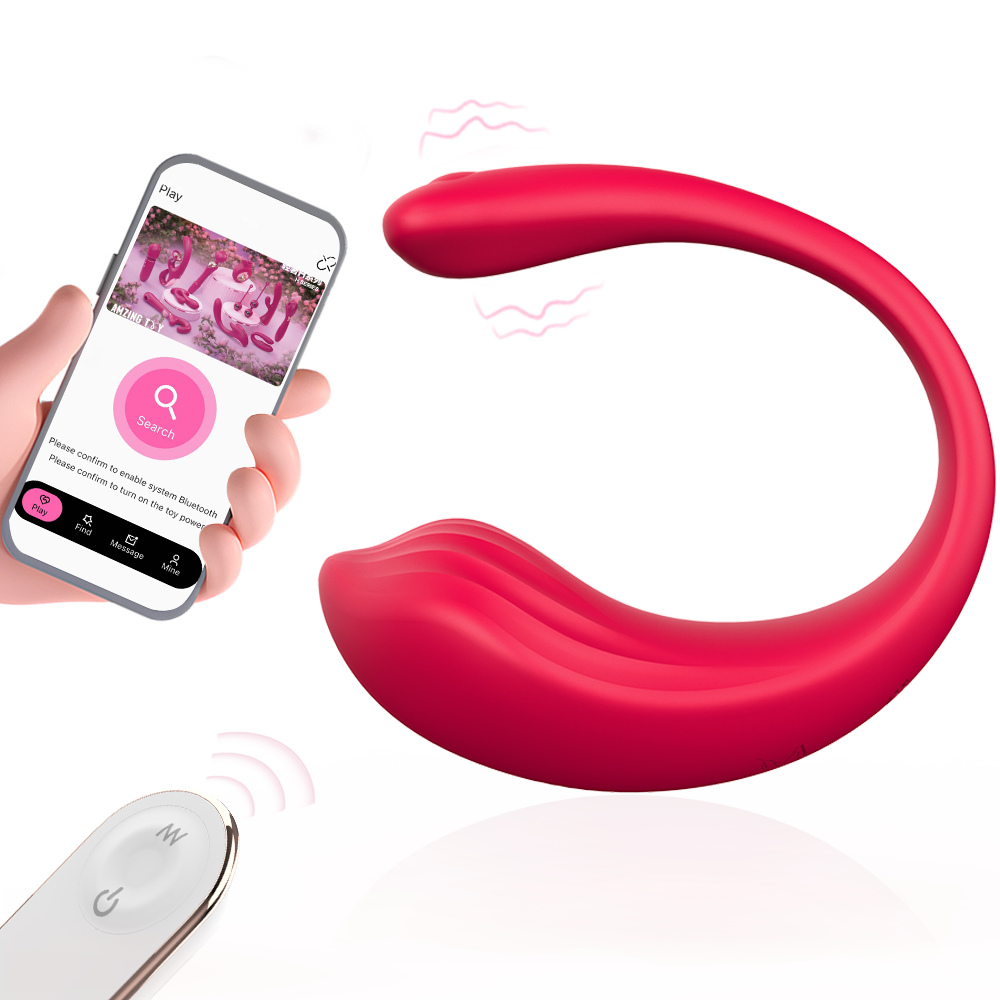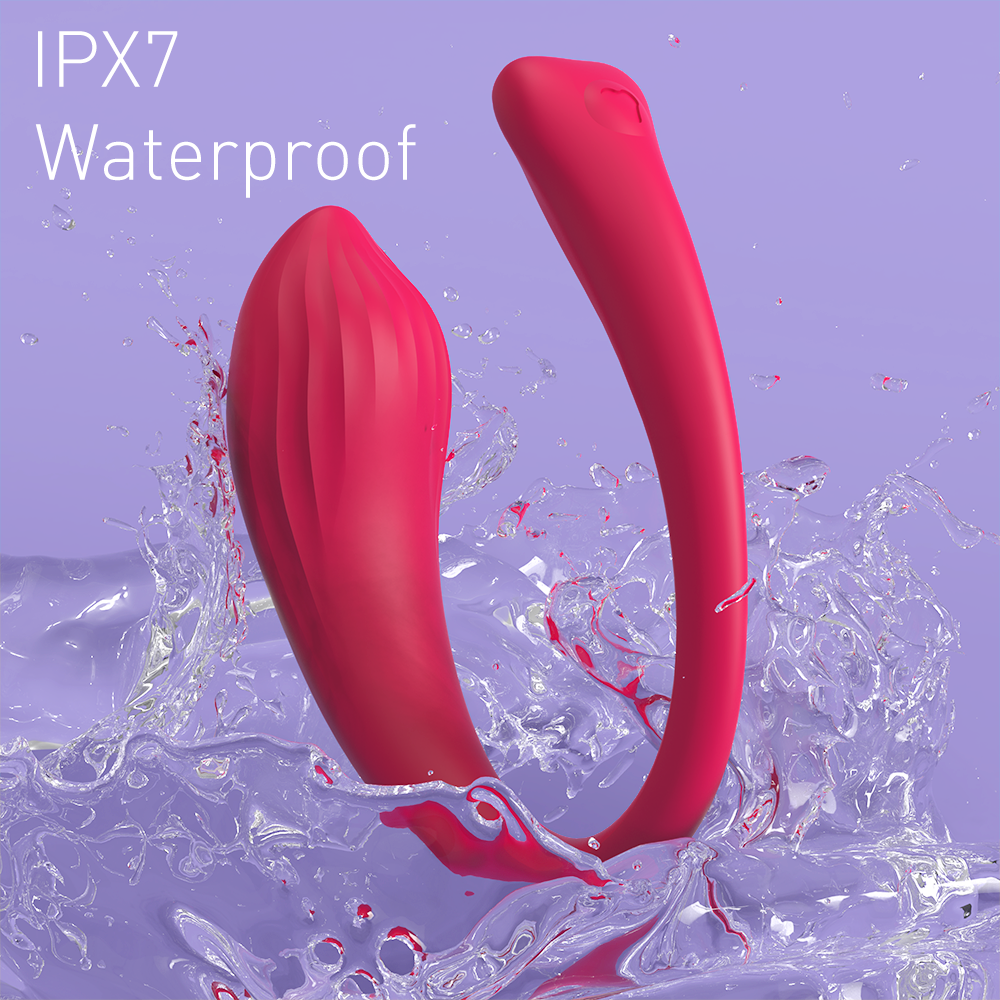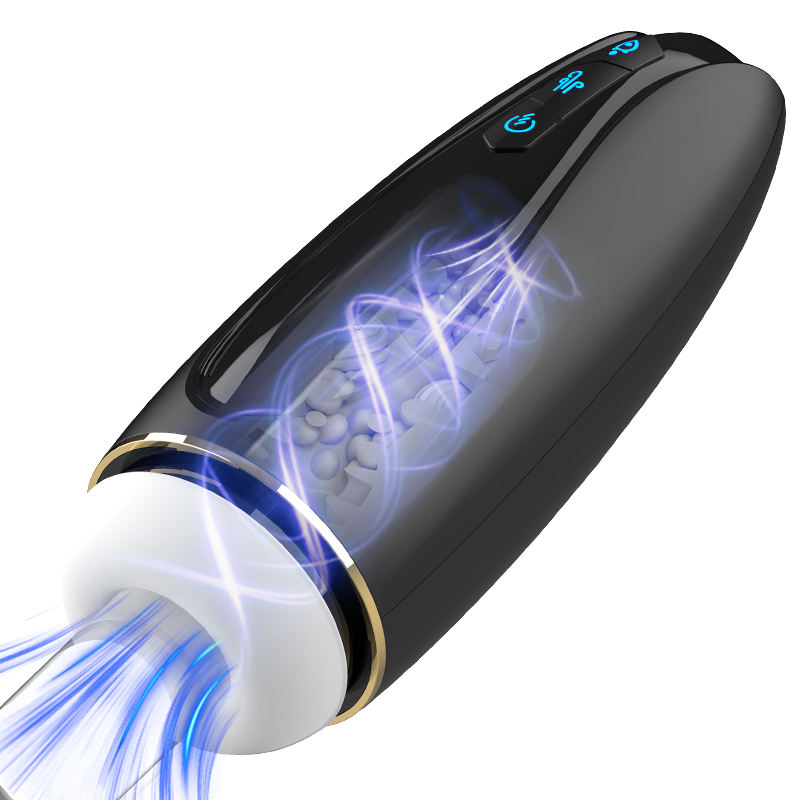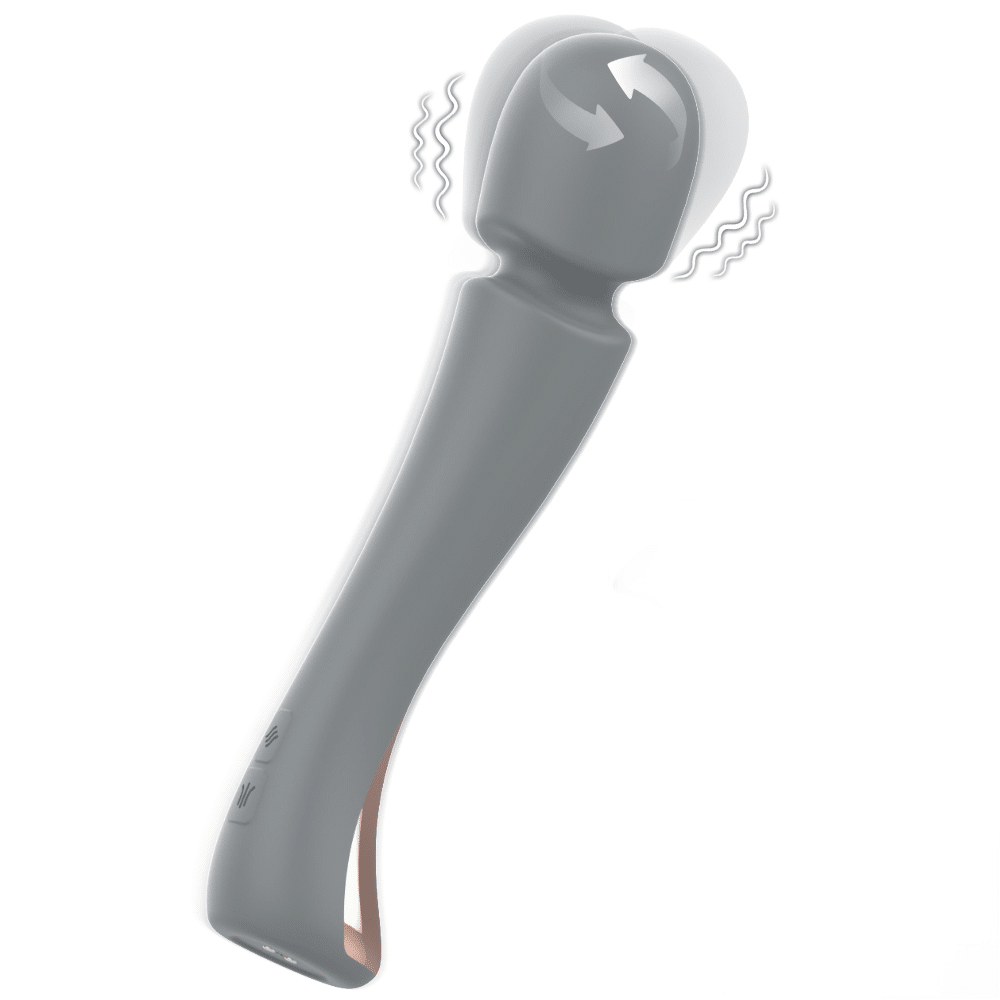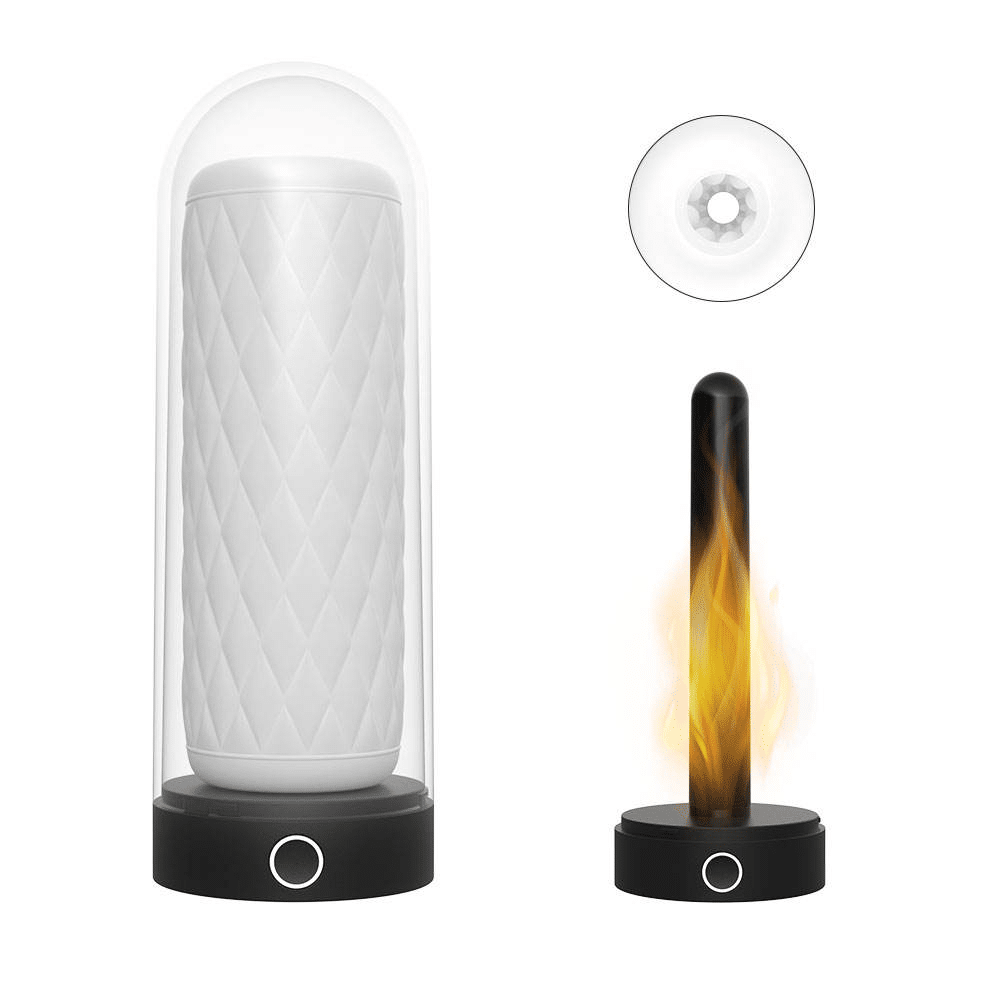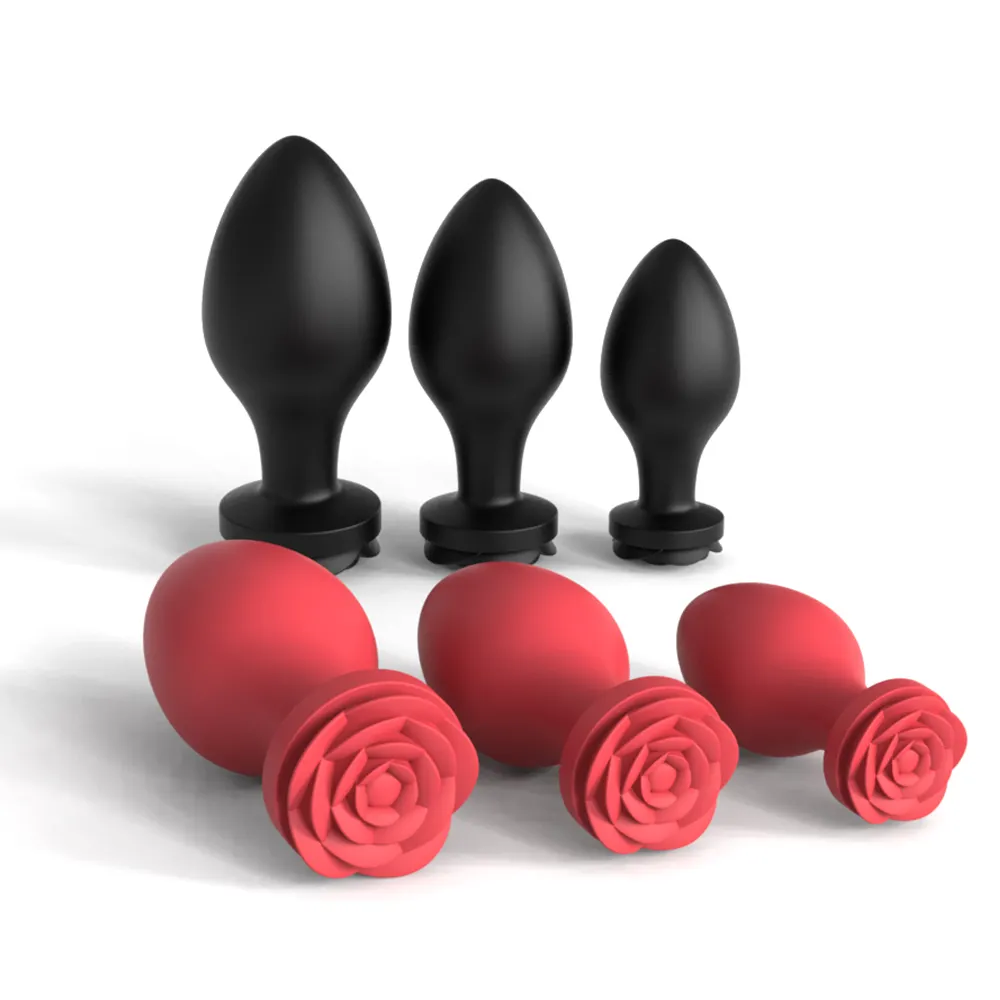Table of Contents
Toggle
In the sex toy industry, many of my B2B clients still believe that stronger motors are always better, failing to grasp high-end users’ pursuit of “rich experiential diversity.”
So, are you still promoting your motor as having “the most powerful thrust”? That’s like a high-end restaurant advertising only that its steak has “the largest portion.”
True masters don’t chase brute force—they pursue “rhythm” and “layered nuance.”
From “Strong” to “Subtle”: The Science of User Experience
The human body is not a machine designed for sustained, maximum-intensity input. In fact, research in sensory science and affect theory.
shows that overwhelming the senses leads to sensory adaptation—a protective mechanism where sensitivity shuts down. This is the “numbness” so many users complain about.
A truly sophisticated experience is built on nuance.
It emerges from subtle variations in intensity, tempo, and pattern.
Think of it like a trained perfumer who develops a heightened sense of smell not by being exposed to overwhelmingly strong scents, but by learning to detect the faintest notes and gradations.
The most compelling intimate experiences follow this same principle: they cultivate sensitivity through variation rather than destroying it with brute force.
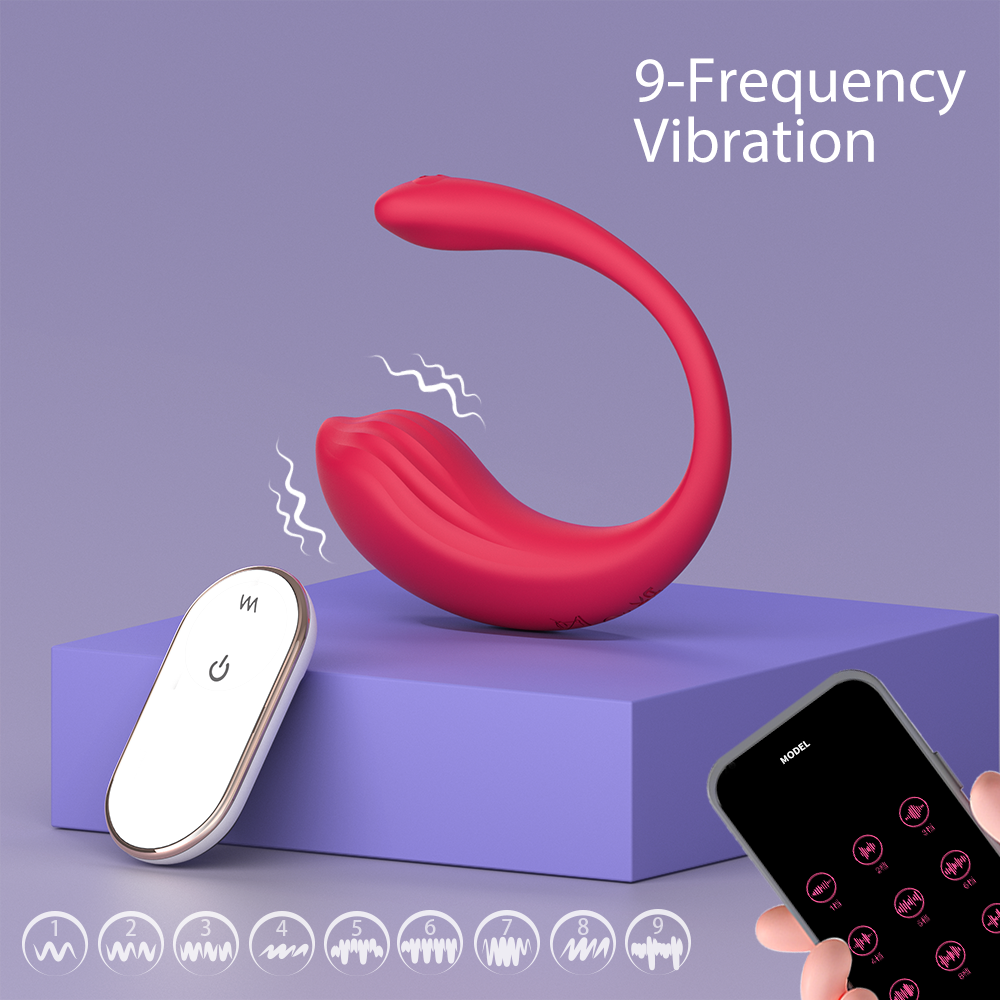
Luxora’s Art of “Rhythm” Calibration
At Luxora, we treat vibration as an art form backed by precision engineering.
Our process transforms abstract concepts of pleasure into tangible, algorithmic reality.
This isn’t just about stringing together a few pre-set modes. It’s a meticulous design process.
I learned firsthand during a late-night calibration session just how dramatically these nuanced patterns affect user response—believe me, the difference between a mechanical pulse and an organically-inspired rhythm is something you feel instantly.
It’s the small details that create the magic.
Our design philosophy can be broken down into a clear process:
Luxora’s Rhythm Design Process: From Art to Algorithm
- Step 1: Precision Hardware Selection
- We select motors capable of wide-frequency speed regulation, much like the high-end drivers in professional audio equipment. This hardware is the canvas for our art.
- Step 2: Biomimetic Inspiration
- Our experience designers study natural, rhythmic patterns: the gradual build of a rainstorm, the cadence of a human heartbeat, the ebb and flow of ocean waves.
- Step 3: Haptic Composition
- Like music composers, our engineers translate these inspirations into “rhythm narratives.” They don’t just program patterns; they compose journeys with a beginning, a climax, and an afterglow. This involves crafting not just the vibrations, but the micro-pauses, acceleration curves, and harmonic combinations in between.
- Step 4: Algorithmic Translation
- This artistic vision is encoded into our proprietary software. The final algorithm is our core competency—a technological moat that cannot be easily replicated by analyzing hardware alone.
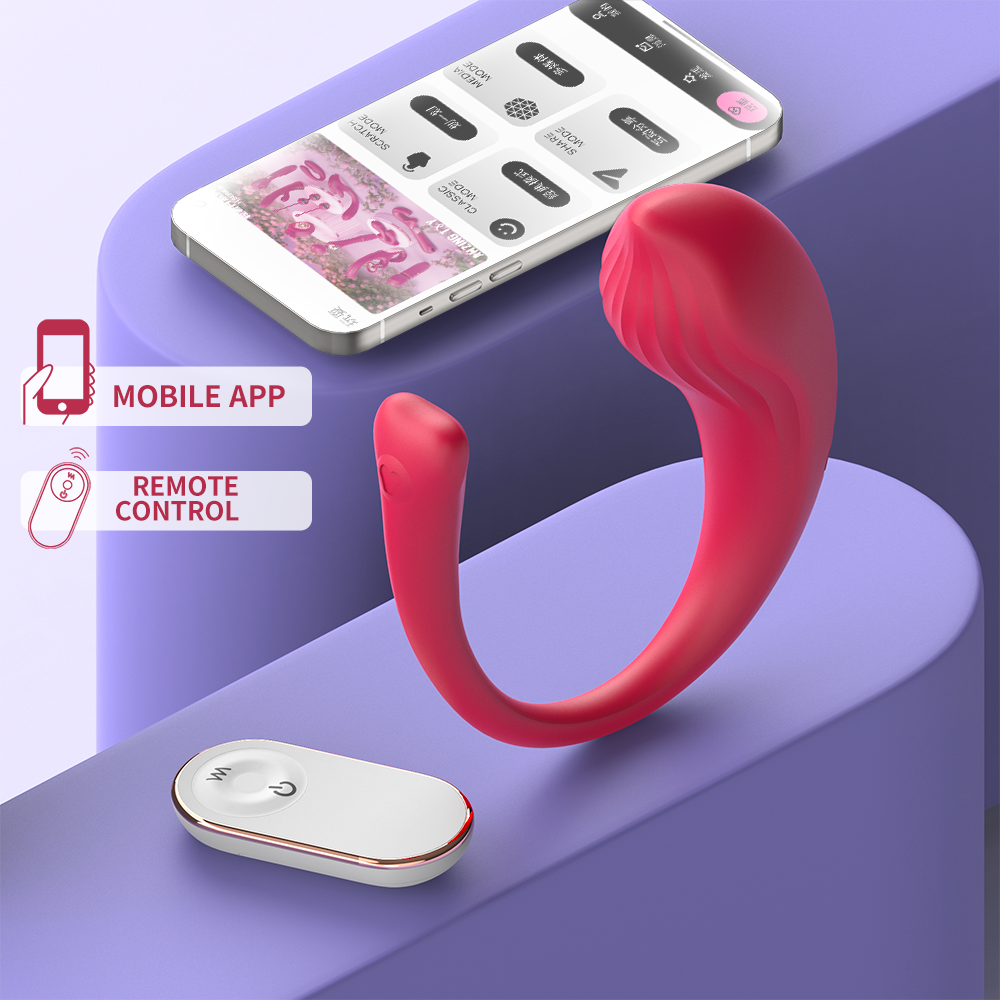
Providing a “Master-Level” Experience for Your Brand
Integrating our rhythm technology gives your brand an immediate and defensible competitive advantage.
While your competitors are stuck arguing about specifications, you can build a narrative around the sophistication of the experience you deliver.
This allows your brand to:
- Command Premium Pricing: Justify a higher price point through a demonstrably superior and unique user experience.
- Build Customer Loyalty: Move beyond one-time sales. You create brand advocates who value the artistry and quality embedded in your products.
- Establish a Competitive Moat: According to research on organizational culture, sustainable advantages are built on unique internal capabilities. Our rhythm algorithm provides exactly that—a core competency that protects your market position from low-margin competitors.
Conclusion: Experience is the New Moat
The luxury goods market provides a clear blueprint.
As research from both BCG and McKinsey consistently shows, the companies that thrive are those that focus on the holistic customer journey, not isolated features.
They understand they are in the customer-experience business first and foremost.
By integrating Luxora’s rhythm technology, you aren’t just buying a better motor.
You are investing in a defendable market position built on experiential complexity.
The richness of sensation and the artistry of rhythm design are what create a true economic moat, protecting your brand and fostering genuine customer loyalty for years to come.
Frequently Asked Questions (FAQ)
Q: What’s the difference between “rhythm” and “mode”?
A: Think of “modes” as simple, repetitive settings, like high, medium, or low.
“Rhythms” are far more sophisticated.
They are like musical compositions, dynamically designed with varying intensity, speed, and patterns to create a complete narrative arc of experience—from a gentle start to a powerful climax and a satisfying finish.
Q: Can users really tell the subtle differences between rhythms?
A: Absolutely. The body is incredibly sensitive to nuanced sensations.
The difference between a harsh, monotonous vibration and a complex, evolving rhythm is immediately noticeable.
It’s the difference between noise and music.
Our meticulously crafted rhythms prevent sensory numbness and guide the user through a much richer, more profound journey of pleasure.
Q: Does Luxora’s app support users editing their own vibration rhythms?
A: Our current focus is on providing a masterfully curated library of unique rhythms perfected by our experience engineers.
For our B2B partners, we offer exclusive customization services to develop bespoke rhythm profiles that perfectly align with their product’s character and brand identity, creating a signature experience for their customers.

